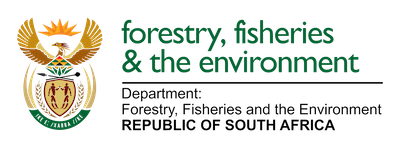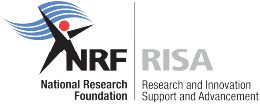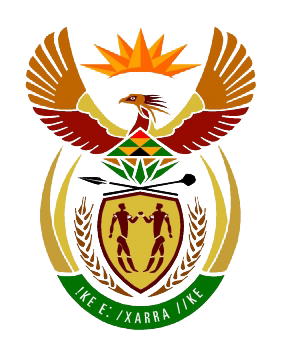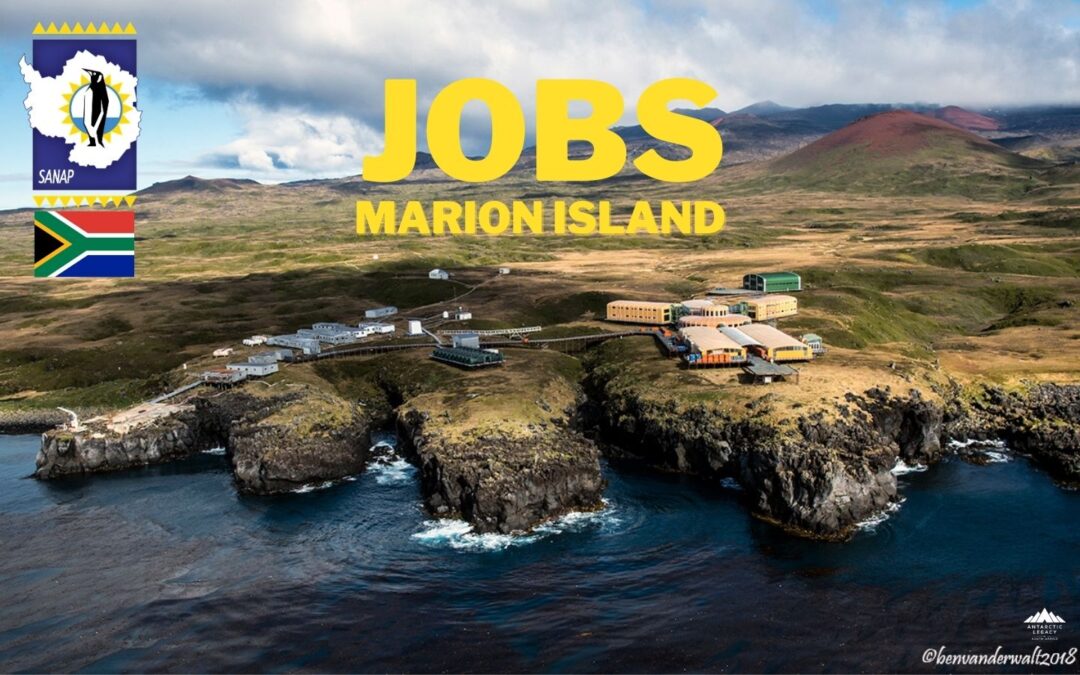
by Ria Olivier | Dec 23, 2024 | Biosecurity, Ecology, Jobs, Marine Protected Area, Marion Island
Vacancy for field researcher on Marion Island
(March 2025 – May 2026)
Mouse impacts on invertebrates and plants
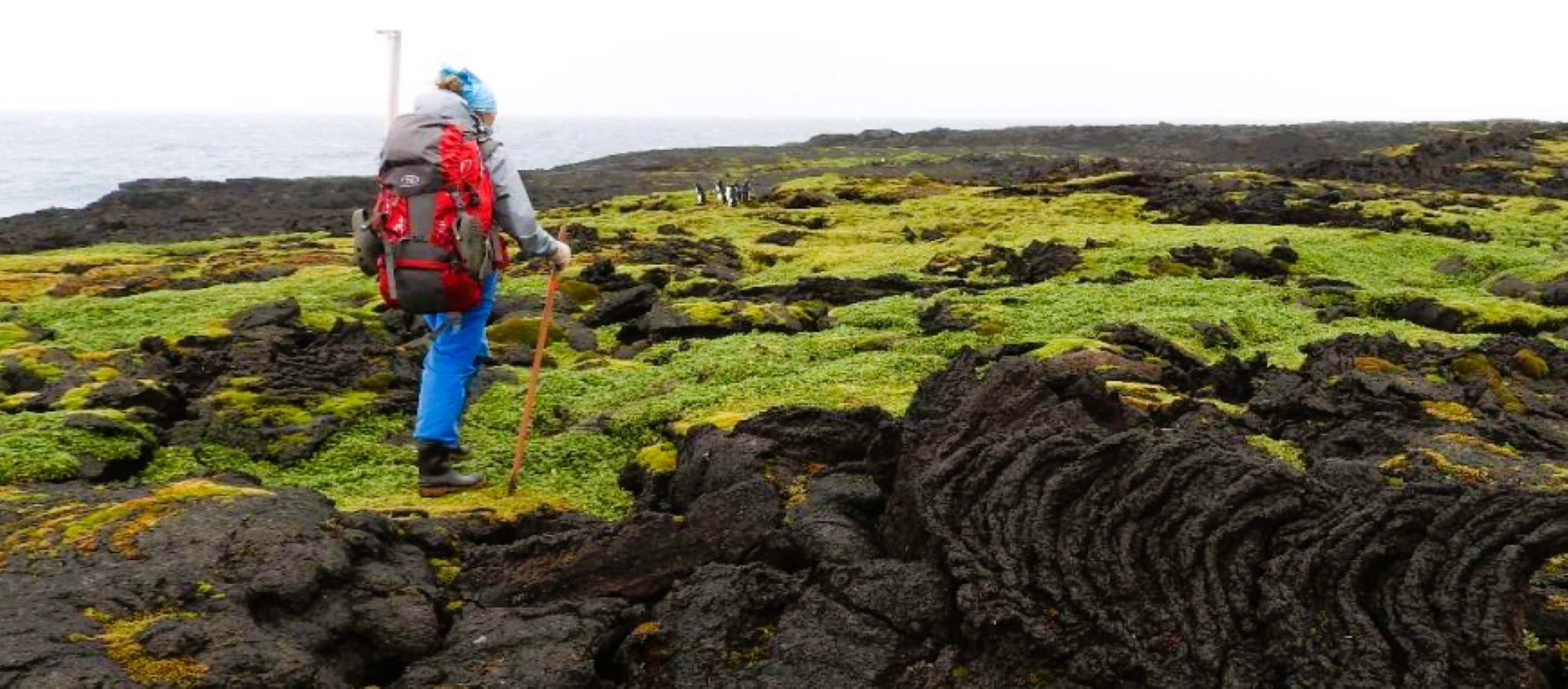 The Department of Plant and Soil Sciences at the University of Pretoria is offering one suitably qualified candidate an opportunity to spend a year on Marion Island to measure various aspects of the impact of the house mouse on the diversity and function of the terrestrial ecosystems of Marion Island. This work will entail collecting baseline data, mostly on invertebrates and plants. (Photo Credit: Michelle Greve)
The Department of Plant and Soil Sciences at the University of Pretoria is offering one suitably qualified candidate an opportunity to spend a year on Marion Island to measure various aspects of the impact of the house mouse on the diversity and function of the terrestrial ecosystems of Marion Island. This work will entail collecting baseline data, mostly on invertebrates and plants. (Photo Credit: Michelle Greve)
Collecting invertebrate community data and identifying invertebrates.
Surveying and monitoring vegetation plots. Measuring plant traits.
Mapping species and events.
Installing, maintaining and downloading data from loggers.
Note that duties may change during the course of the year.
FULL DETAILS
Deadline for applications: 10 January 2025
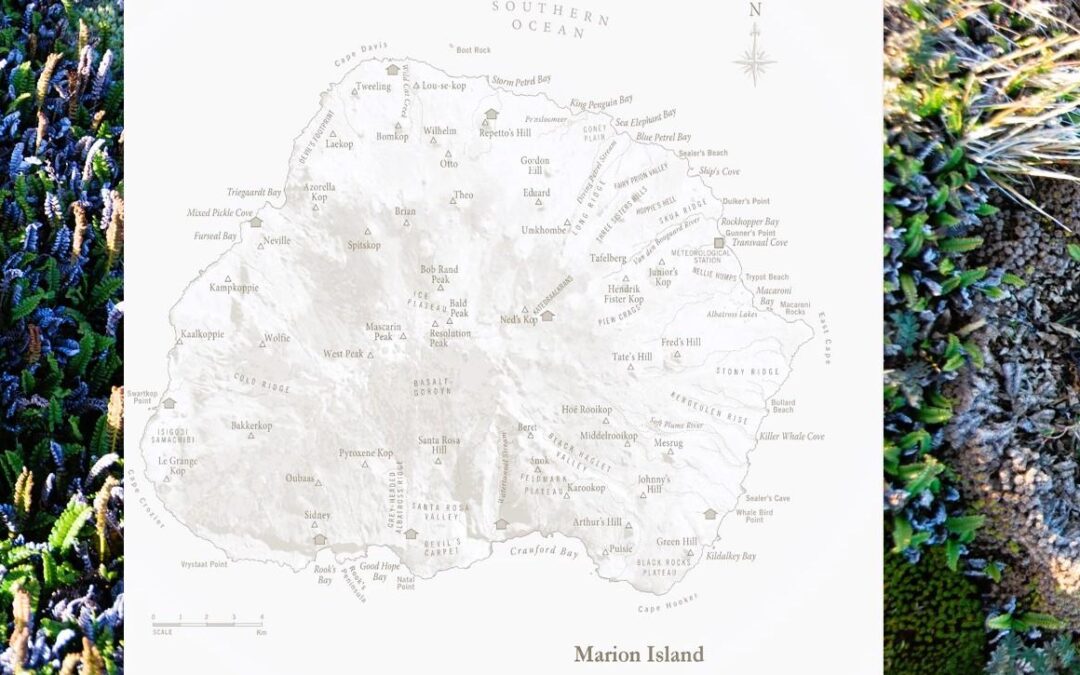
by Ria Olivier | Apr 24, 2024 | Biosecurity, Ecology, Marion Island, Mice Eradication, Take-Over Operations
The Marion Island mouSe Ecology (MISE) Project: Towards a comprehensive understanding of impacts of the invasive house mouse on the terrestrial biodiversity of Marion Island
 (Above: Azorella selago – left: intact, right: eaten by mice)
(Above: Azorella selago – left: intact, right: eaten by mice)
This SANAP-funded project will set out to model the terrestrial food web on Marion Island, with a specific focus of understanding the role of the the invasive house mouse (Mus musculus), on the biodiversity and ecosystem functioning of Marion Island. The house mouse is an apex terrestrial predator on the island, i.e. it has few to no natural predators, but probably has a major effect on organisms on the island from across the food chain. This exercise is of utmost importance because the house mouse has detrimental effects on a large percentage of species on the island, ranging from seabirds to plants and macroinvertebrates; yet, some of these impacts are not well understood. Also, mouse eradication is planned for Marion Island in 2025. Only if we know what the current impact of mice are on the Marion Island ecosystem, can we predict the efficacy of the eradication..
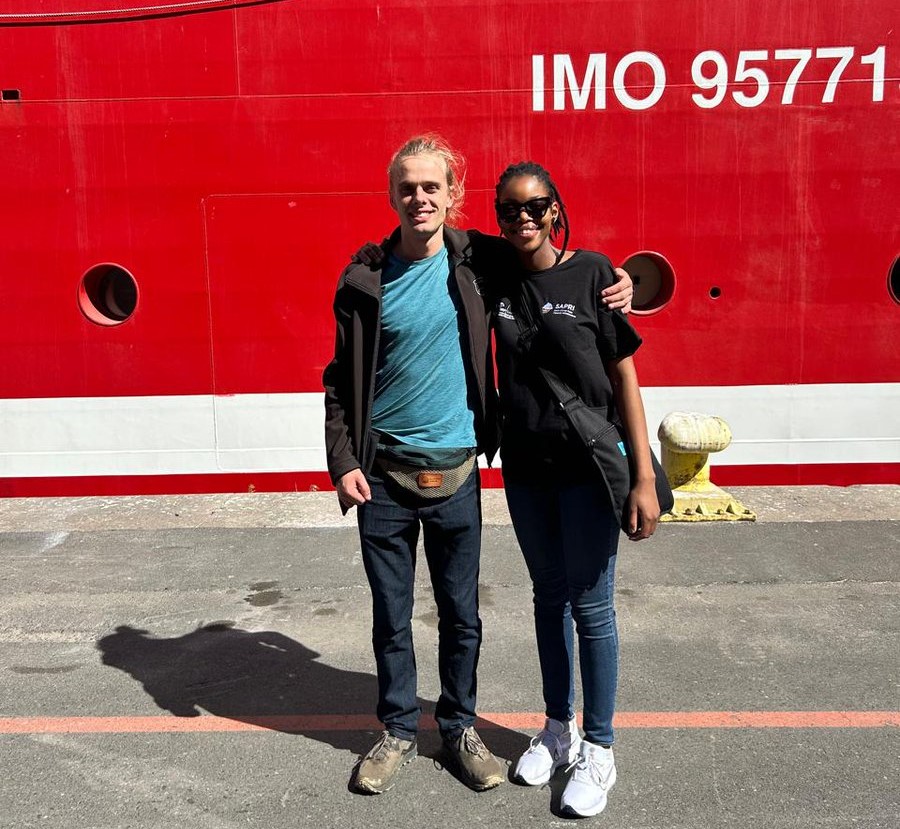
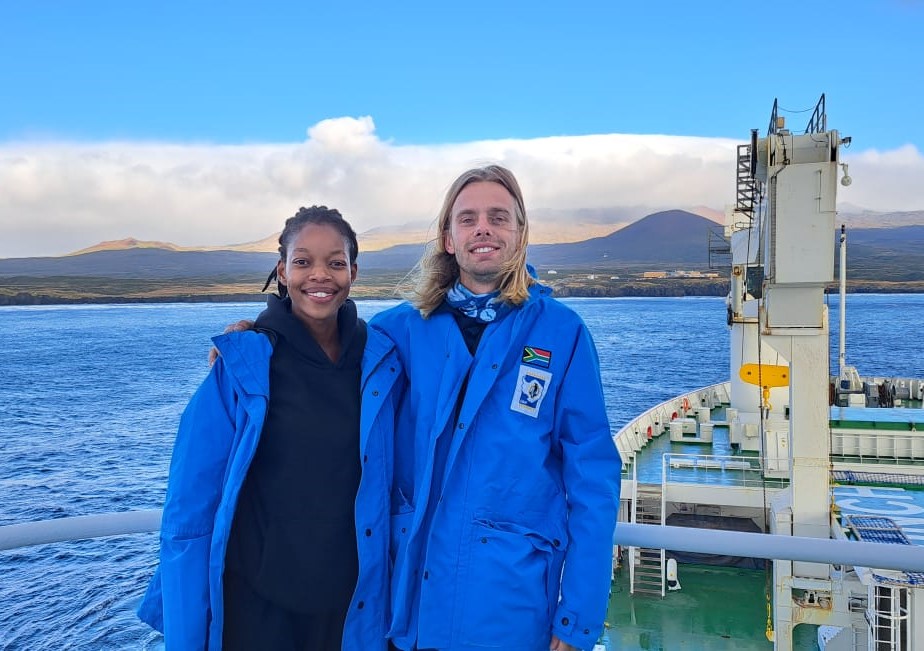 (Above: Elmar van Rooyen and Rabia Mathakutha. Left: before departure. Right: On board S.A.Agulhas II with Marion Island in the back)
(Above: Elmar van Rooyen and Rabia Mathakutha. Left: before departure. Right: On board S.A.Agulhas II with Marion Island in the back)
A major aim in the coming year will be to assess plant seed herbivory by mice, to see how this may have affected vegetation dynamics, and how mouse removal may affect vegetation dynamics; and also to understand current levels of invertebrate biomass on Marion Island. Invertebrates make up a major portion of the mouse diet, and repeat sampling since the 1970s has shown successive decreases in biomass. We will also be collecting data for isotope analyses to understand the food web on Marion Island in order to predict knock-on effects of mouse eradication and predict ecosystem recovery. Finally, we will be continuing long-term monitoring programmes of plants and invertebrates that were recently started, and also conduct some repeat sampling of protocols that were conducted some decades ago in order to assess how the system has changed in the last decades.
- Principal Investigator: Michelle Greve
- Affiliation: Department of Plant and Soil Sciences, University of Pretoria
- Research Programme: Towards a comprehensive understanding of impacts of the invasive house mouse on the terrestrial biodiversity of Marion Island
- Participants:
Marion 81 Overwintering Team: Elmar van Rooyen (University of Pretoria – UP)
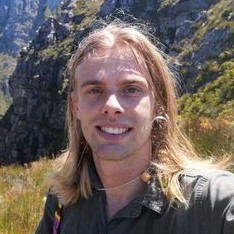 Allow me to introduce myself briefly. I am a 29-year-old conservation ecologist with a profound passion for nature and exploration. I hold an M.Sc. degree in Conservation Ecology & Entomology and possess a diverse skill set that includes expertise in ecology, restoration ecology, horticulture, botany, entomology, education, and management. Throughout my career, my focus has predominantly been on Southern Afrotemperate forests, and I have accumulated significant experience in South African forest ecology. I am drawn to this expedition for several reasons. Foremost, the opportunity to explore the unique environment of Marion Island presents a once-in-a-lifetime chance for me to expand my knowledge and understanding of sub-Antarctic ecosystems. While I may not have prior experience with the island, I firmly believe that firsthand experience is the most effective way to comprehend its ecology and wildlife. Moreover, I am deeply committed to the conservation of natural habitats, and Marion Island’s status as a biodiversity hotspot underscores the urgency of our research efforts. The presence of invasive house mice poses a significant threat to the island’s flora and fauna, necessitating thorough investigation and potential eradication strategies. Additionally, I am eager to contribute to studies on the impact of alien plant species and assist in devising methods for their control. I have always had a profound appreciation for fieldwork, and I relish the opportunity to immerse myself in hands-on research once again. Marion Island’s rugged terrain and unique challenges excite me, and I am prepared to tackle them head-on in the pursuit of conservation objectives.
Allow me to introduce myself briefly. I am a 29-year-old conservation ecologist with a profound passion for nature and exploration. I hold an M.Sc. degree in Conservation Ecology & Entomology and possess a diverse skill set that includes expertise in ecology, restoration ecology, horticulture, botany, entomology, education, and management. Throughout my career, my focus has predominantly been on Southern Afrotemperate forests, and I have accumulated significant experience in South African forest ecology. I am drawn to this expedition for several reasons. Foremost, the opportunity to explore the unique environment of Marion Island presents a once-in-a-lifetime chance for me to expand my knowledge and understanding of sub-Antarctic ecosystems. While I may not have prior experience with the island, I firmly believe that firsthand experience is the most effective way to comprehend its ecology and wildlife. Moreover, I am deeply committed to the conservation of natural habitats, and Marion Island’s status as a biodiversity hotspot underscores the urgency of our research efforts. The presence of invasive house mice poses a significant threat to the island’s flora and fauna, necessitating thorough investigation and potential eradication strategies. Additionally, I am eager to contribute to studies on the impact of alien plant species and assist in devising methods for their control. I have always had a profound appreciation for fieldwork, and I relish the opportunity to immerse myself in hands-on research once again. Marion Island’s rugged terrain and unique challenges excite me, and I am prepared to tackle them head-on in the pursuit of conservation objectives.
Marion Takeover 2024: Rabia Mathakutha (South African Polar Research Infrastructure -SAPRI)
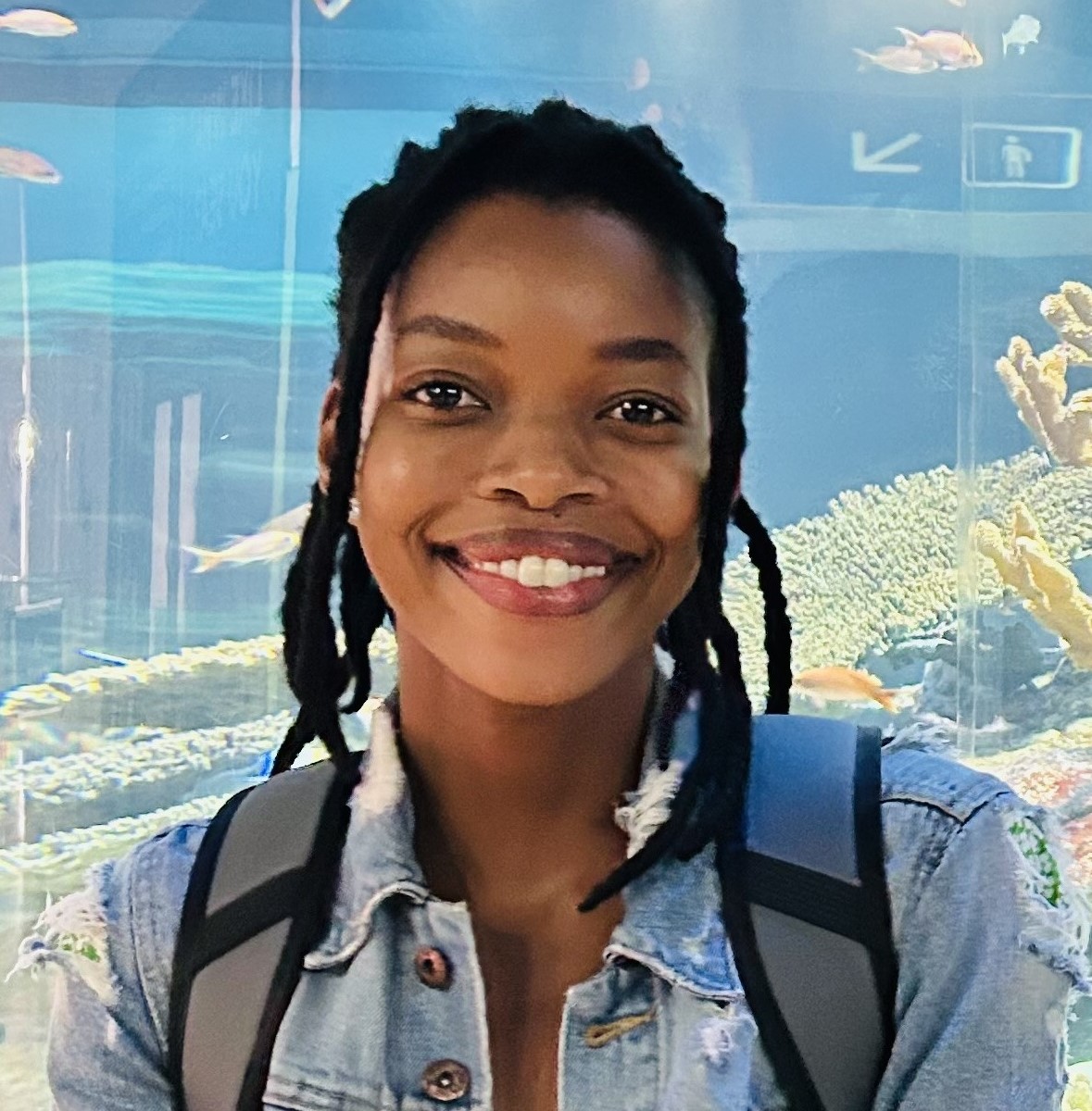 Rabia is excited to participate in the 2024 Marion Island Relief Expedition. Rabia is an ecologist by training and will be working as part of the University of Pretoria research team towards a comprehensive understanding of impacts of the invasive house mouse on the terrestrial biodiversity of Marion Island. Rabia first visited the island as part of her Masters research project during the 2015 and 2016 relief expeditions. Rabia’s MSc in Plant Science was focused on understanding plant invasion potential and environmental change responses in the sub-Antarctic region, using Marion Island as a case study. This is when her passion for understanding and participating in the conservation of South Africa’s polar environment was ignited. In her current capacity, Rabia is a research coordinator for the Data, Products and Society (DPS) Integrated Facility of the South African Polar Research Infrastructure (SAPRI). She continues to support the polar research environment by ensuring coordinated access to research infrastructure and societal benefits through science engagement and science communication. Rabia views this chance to revisit the island as a once-in-a-lifetime opportunity, one that will not only build upon previous efforts in understanding plant dynamics but also advance our understanding of ecological processes in response to a threatening invader. There’s no better place to study this than Marion Island, our own natural laboratory, and where it’s most urgently needed. As part of the larger Mouse-Free Marion project, Rabia considers this as a significant contribution to global conservation efforts, and in her words, “saving the world!”.
Rabia is excited to participate in the 2024 Marion Island Relief Expedition. Rabia is an ecologist by training and will be working as part of the University of Pretoria research team towards a comprehensive understanding of impacts of the invasive house mouse on the terrestrial biodiversity of Marion Island. Rabia first visited the island as part of her Masters research project during the 2015 and 2016 relief expeditions. Rabia’s MSc in Plant Science was focused on understanding plant invasion potential and environmental change responses in the sub-Antarctic region, using Marion Island as a case study. This is when her passion for understanding and participating in the conservation of South Africa’s polar environment was ignited. In her current capacity, Rabia is a research coordinator for the Data, Products and Society (DPS) Integrated Facility of the South African Polar Research Infrastructure (SAPRI). She continues to support the polar research environment by ensuring coordinated access to research infrastructure and societal benefits through science engagement and science communication. Rabia views this chance to revisit the island as a once-in-a-lifetime opportunity, one that will not only build upon previous efforts in understanding plant dynamics but also advance our understanding of ecological processes in response to a threatening invader. There’s no better place to study this than Marion Island, our own natural laboratory, and where it’s most urgently needed. As part of the larger Mouse-Free Marion project, Rabia considers this as a significant contribution to global conservation efforts, and in her words, “saving the world!”.
Text and images by MISE.

by Ria Olivier | Feb 28, 2024 | Biosecurity, Environment, Invasion Biology, Mice Eradication, Research, SANAP, SANAP Student

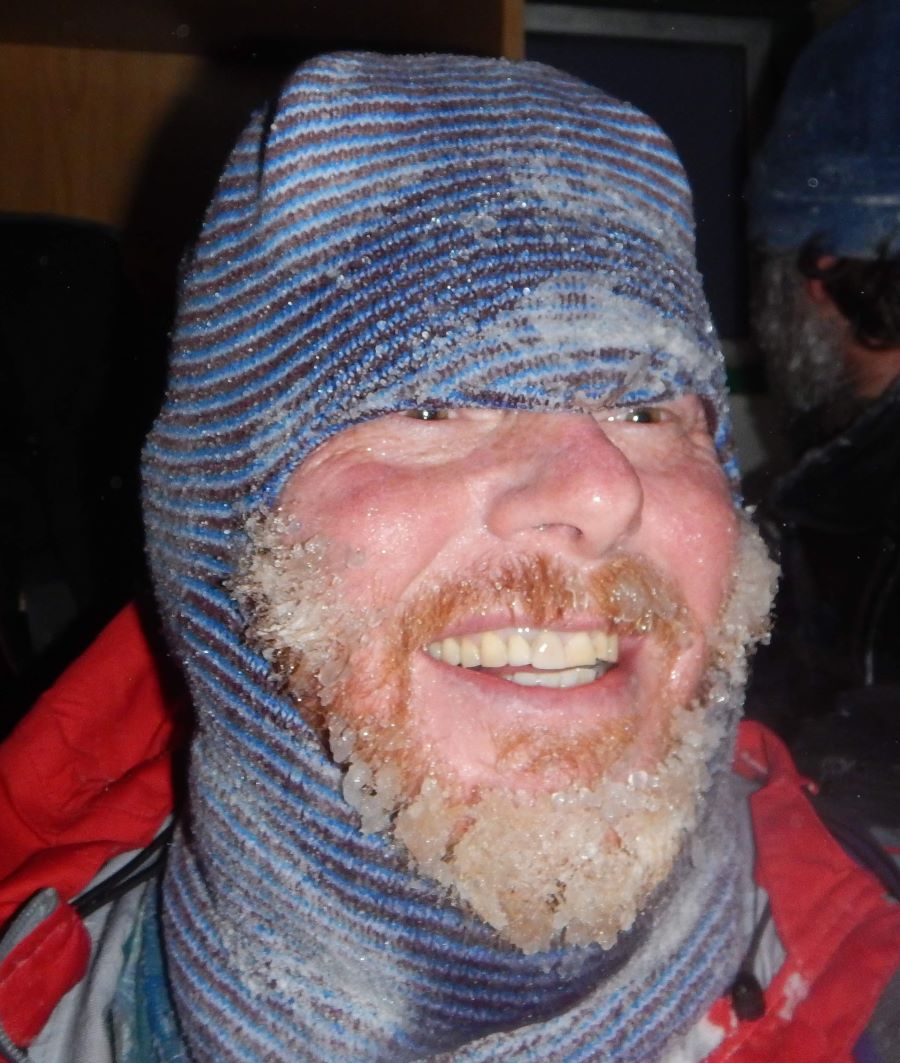
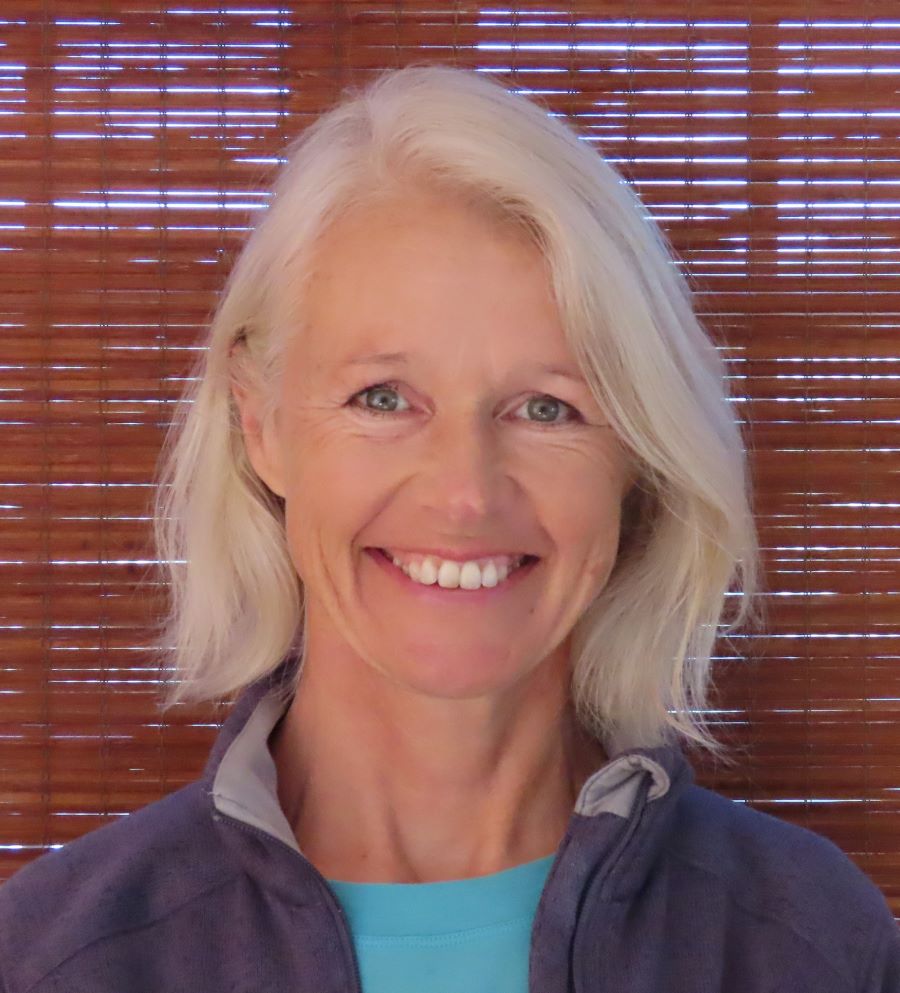 The last session within the Marine and Antarctic Research Strategy research theme : : Ecosystems, biodiversity and biodiscovery was chaired by Pierre Pistorius of the Marine Apex Predator Research Unit (MAPRU) at Nelson Mandela University. To kick off the session, the Mouse-Free Marion (MFM) Project’s Assistant Project Manager, Sue Tonin, gave a plenary lecture. This was followed by more presentations on ornithology research. (Above: group photo of MAPRU with Sue Tonin. Left: Pierre Pistorius. Right: Sue Tonin)
The last session within the Marine and Antarctic Research Strategy research theme : : Ecosystems, biodiversity and biodiscovery was chaired by Pierre Pistorius of the Marine Apex Predator Research Unit (MAPRU) at Nelson Mandela University. To kick off the session, the Mouse-Free Marion (MFM) Project’s Assistant Project Manager, Sue Tonin, gave a plenary lecture. This was followed by more presentations on ornithology research. (Above: group photo of MAPRU with Sue Tonin. Left: Pierre Pistorius. Right: Sue Tonin)
 Above (l-r): Vonica Perold, Tegan Walker, Shamiso Banda, Danielle Keys, Eleanor Weideman
Above (l-r): Vonica Perold, Tegan Walker, Shamiso Banda, Danielle Keys, Eleanor Weideman
- Dr Sue Tonin Eradicating Invasive House Mice Mus musculus from Marion Island: Gains and Challenges (Abstract)
- Vonica Perold South Atlantic seabirds can be used as bioindicators to monitor small buoyant plastics at sea. (Abstract)
- Tegan Walker Influence of diet and environmental parameters on Brown Skua breeding success at Marion Island
- Shamiso Banda Gauging the threat: exposure and attraction of Sooty Albatrosses and White-Chinned Petrels to fisheries activities in the southern Indian Ocean
- Danielle Keys Foraging behaviour of adult Wandering Albatrosses (diomedea exulans) in relation to growth and success of their offspring.
- Pierre Pistorius Tracking Southern Ocean predators to identify ecologically important habitat
- Eleanor Weideman Seasonal attendance patterns and habitat use of three avian scavengers at sub-Antarctic Marion Island. (Poster)
 Above (l-r):Maelle Connan, Stefan Schoombie, Robyn Adams, John Cooper
Above (l-r):Maelle Connan, Stefan Schoombie, Robyn Adams, John Cooper
Maelle Connan and Stefan Schoombie were part of the Prince Edward Island Scientific Expedition and were able to join the session. Stefan’s presentation was given in the Summer Survey session later on in the day. Support for Sue’s plenary came from Robyn Adams, MFM Communications Officer and Project Assistant, and John Cooper, MFM News Correspondent.
 To make your sponsorship to Mouse-Free Marion go to https://mousefreemarion.org/product/hectare/ and become a part of Marion Island’s future.
To make your sponsorship to Mouse-Free Marion go to https://mousefreemarion.org/product/hectare/ and become a part of Marion Island’s future.

by Ria Olivier | Feb 26, 2024 | Antarctica, Biosecurity, Engineering, Mammology, Marine Protected Area, Marion Island, Research, SANAP

 Dr Mia Wege chaired the session on Marine Mammals during the 6th SANAP Symposium that resorts within the Marine and Antarctic Research Strategy – ecosystems, biodiversity and biodiscovery. The session includes talks on various marine and the presentations were arranged according roughly to species and area. This Included elephant seals, fur seal, Ross seal, whales in ice, whales along the Southern African coast The session was presented in panel, discussion format, that allowed for questions form the audience. (Photo Credit: ALSA Archive)
Dr Mia Wege chaired the session on Marine Mammals during the 6th SANAP Symposium that resorts within the Marine and Antarctic Research Strategy – ecosystems, biodiversity and biodiscovery. The session includes talks on various marine and the presentations were arranged according roughly to species and area. This Included elephant seals, fur seal, Ross seal, whales in ice, whales along the Southern African coast The session was presented in panel, discussion format, that allowed for questions form the audience. (Photo Credit: ALSA Archive)
- Dr Christian Murray: Understanding the drivers of Marion Island’s elephant seal population. (Abstract)
- Leandri de Kock: Considering individual variation when investigating marine predator behaviours during life- history events(Abstract)
- Dr Liezl Pretorius and Dr Greg Hofmeyr (presenting): Canine morphometrics as a tool for distinguishing species, sex and age in Southern Ocean fur seals(Abstract)
- Dr Mia Wege: The conveyor belt of Ross seals in the Lazarev Sea and their behaviour. (Abstract)
- Matthew Germishuizen: Sea ice declines coincide with a period of reduced reproductive success in Southern Ocean top predator (Abstract)
- Oluwaseyi Paul Babalola: Entropy-based Detection and Classification of Bryde’s Whale Vocalizations: An Approach for Understanding and Conserving an Endangered Species(Abstract)
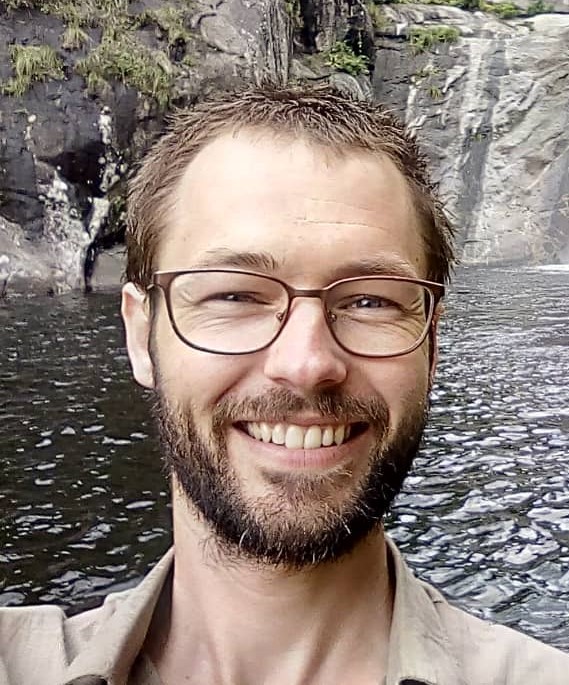
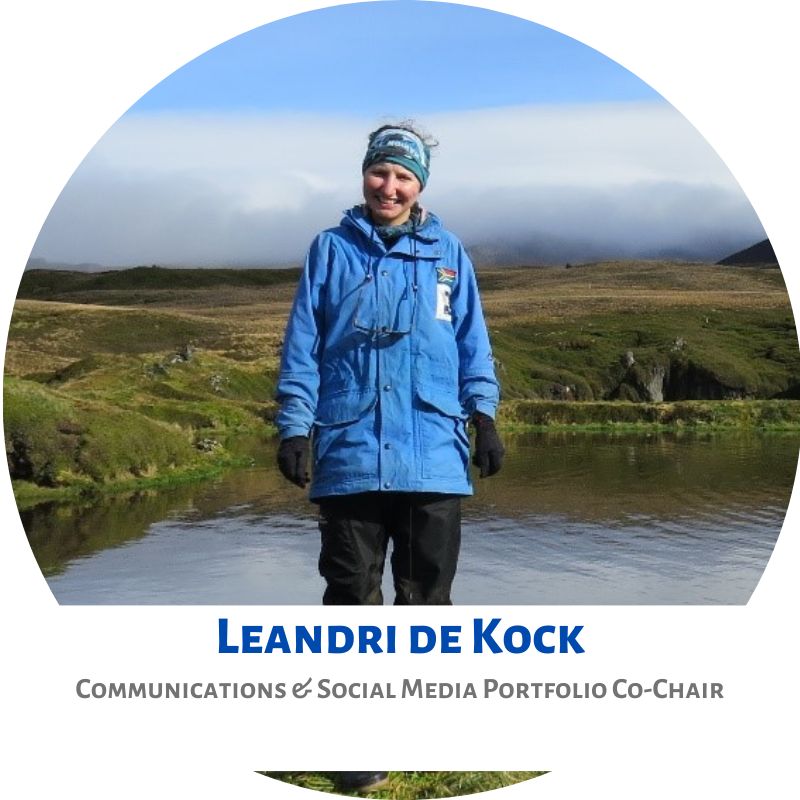
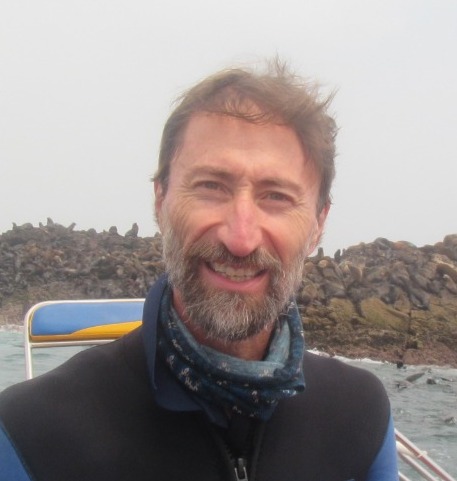
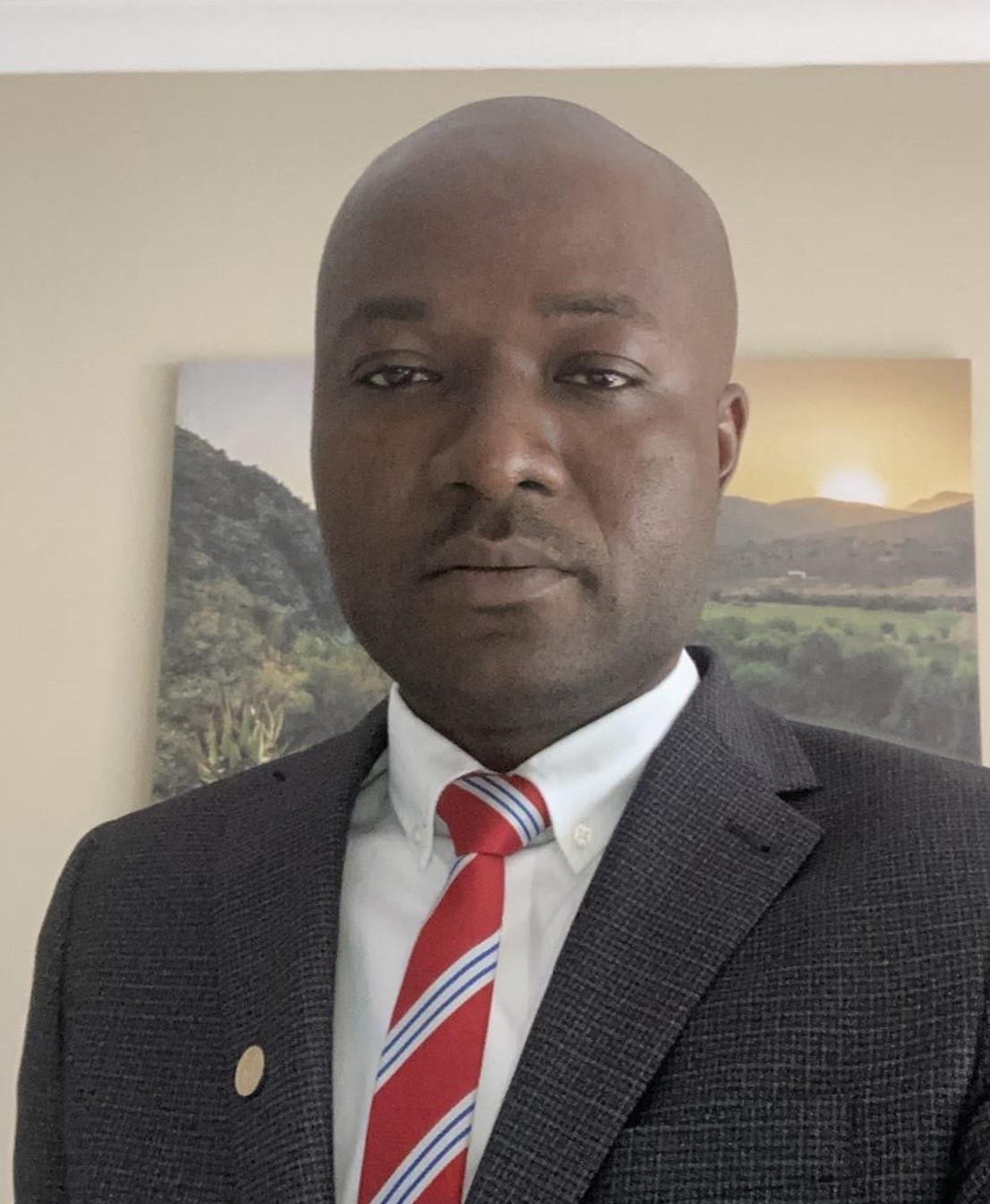
(Above L-R: Dr Christian Murray, Leandri de Kock, Dr Greg Hofmeyr, Oluwaseyi Paul Babalola)
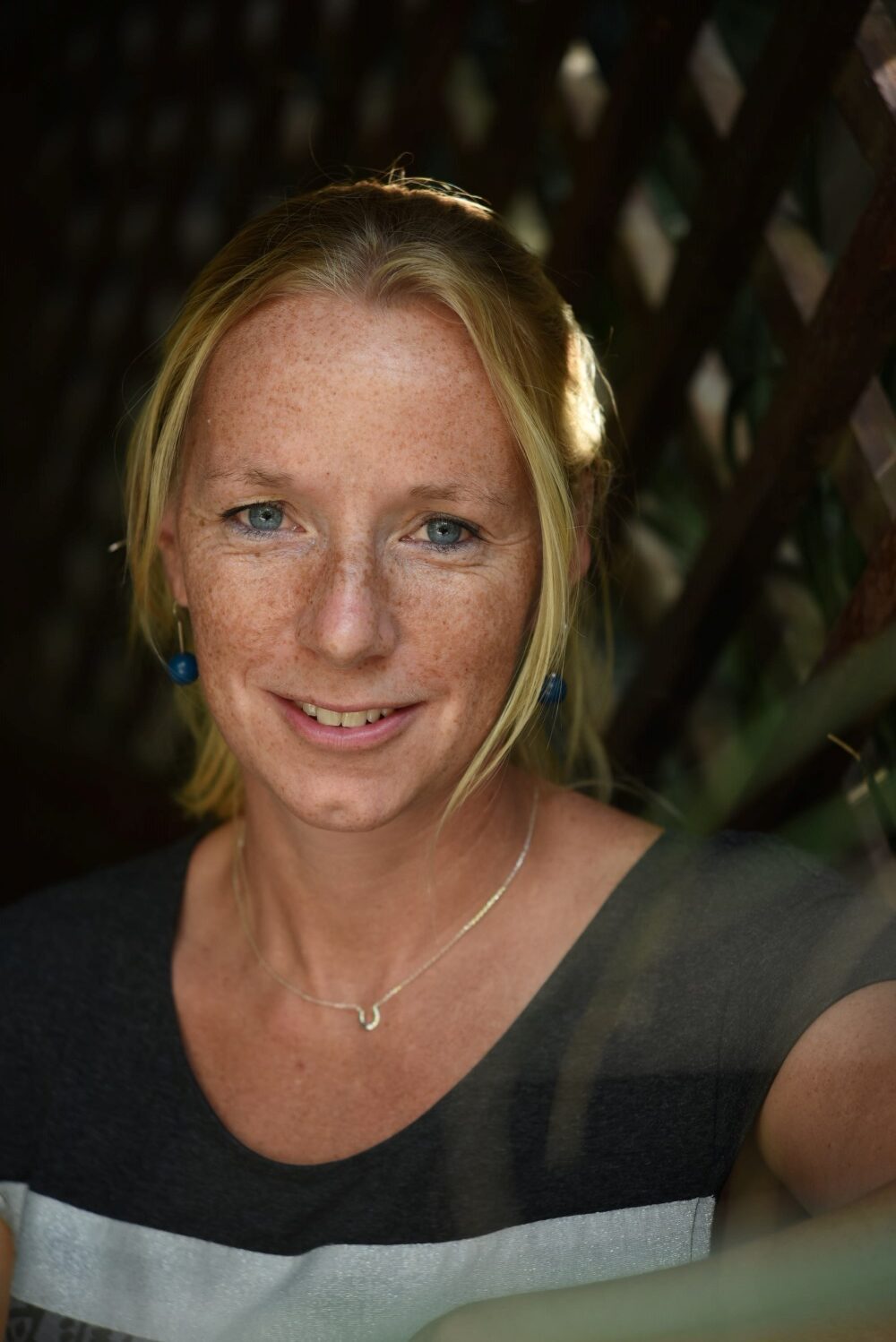
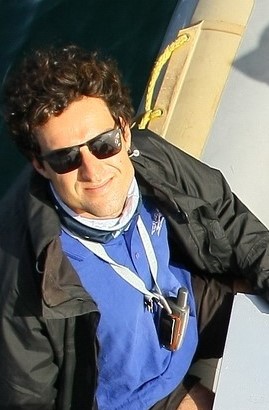
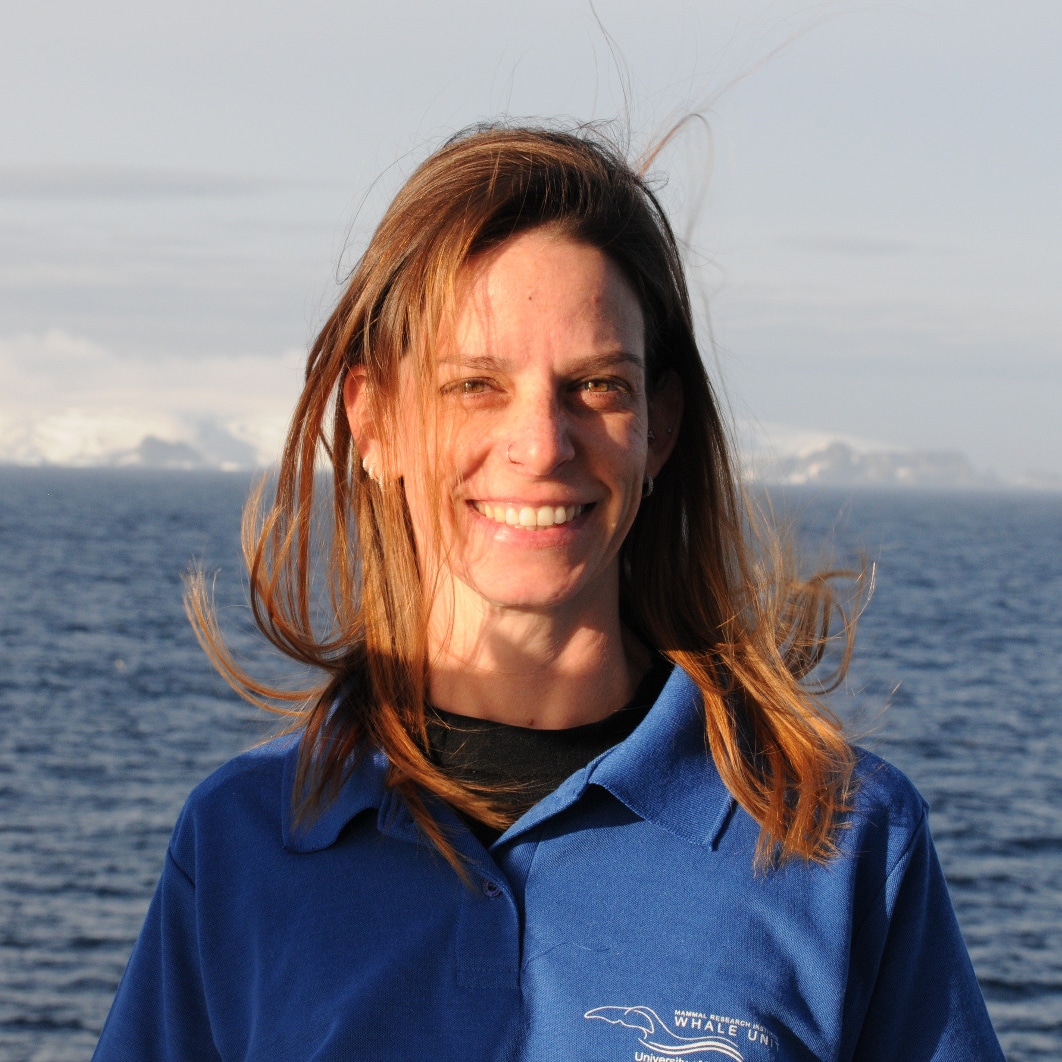
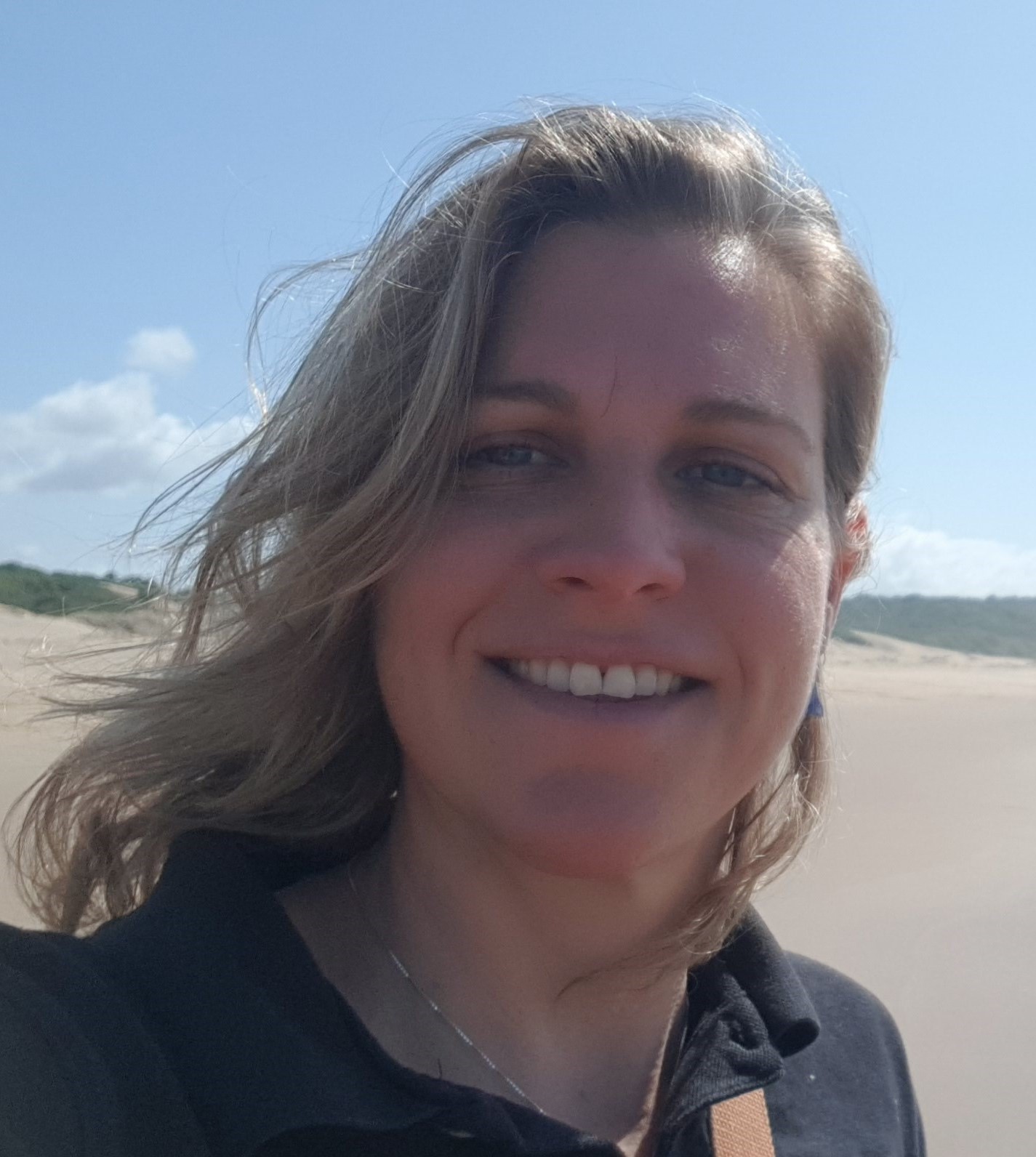
It was great to see the Mammal Research Institute Whale Unit of the University of Pretoria based in Hermanus, Western Cape represented during the symposium by Dr Els Vermeulen, Matthew Germishuizen, Elisa Seyboth and Antonia Immerz. (Above L-R)
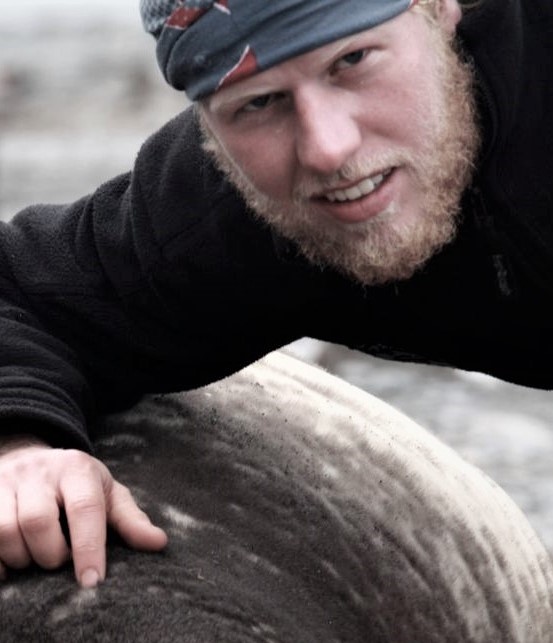

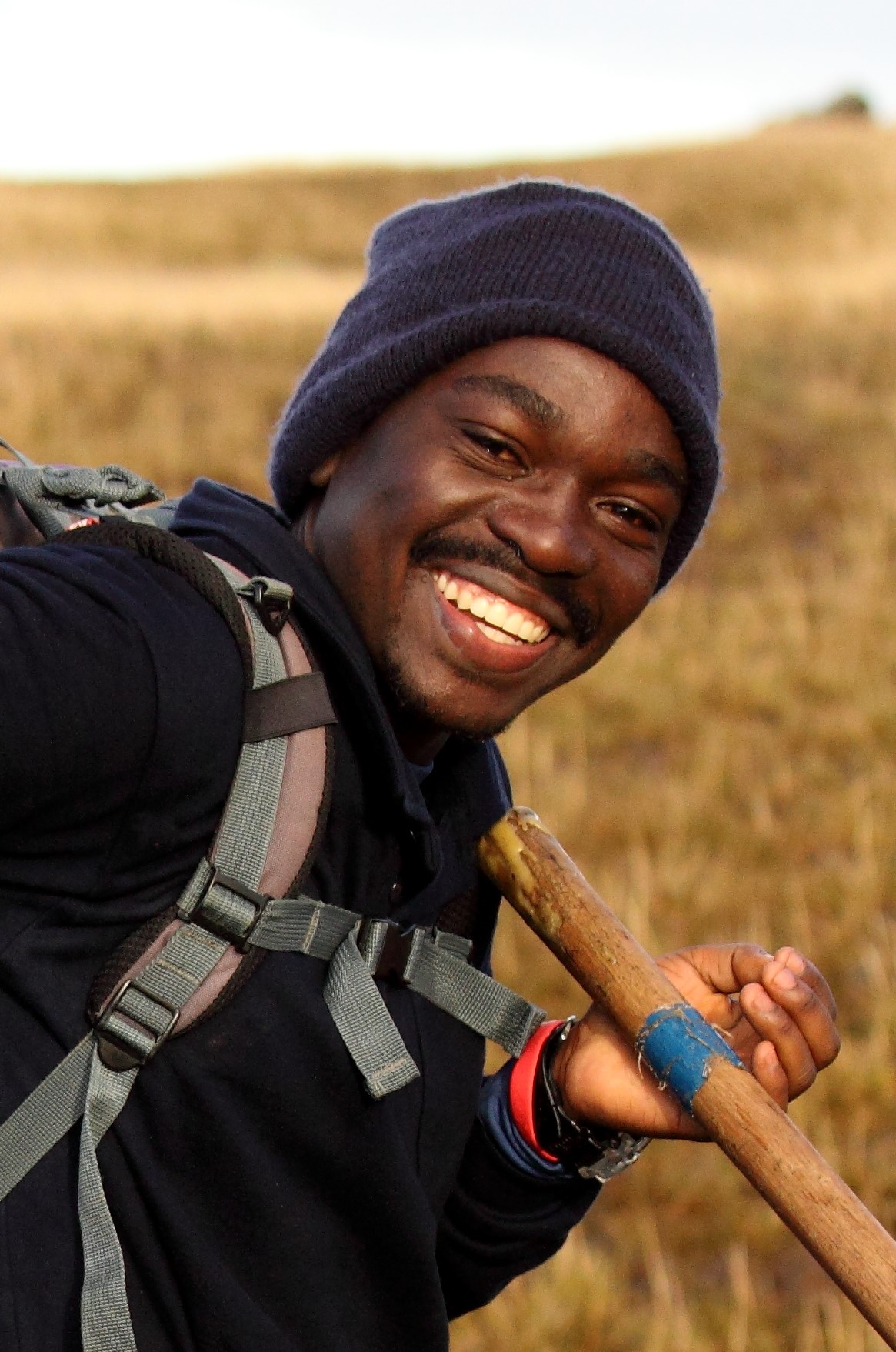
The Prince Edward Island scientific expedition was able to join the symposium on the 30th November and Chris Oosthuizen did his presentation in the session, ‘Data Management and the Summer Survey Participants’ chaired by Dr Christel Hansen. Liezel Pretorius was also able to join the conference on the Thursday. (Above L-R: Chris Oosthuizen, Liezel Pretorius, Yinhla Shihlomuhle)
- Dr Chris Oosthuizen. Marine predators: ecosystem sentinels that help inform Southern Ocean management. (Abstract)
An initiative by Mia Wege was to use the SANAP symposium to bring all “bio loggers/trackers” together, that included researchers who tag animals, mostly top predators across the globe. The purpose was to get some structure going and talk about a potential larger workshop specifically for the entire community. The meeting was well represented, and this was a great opportunity used.
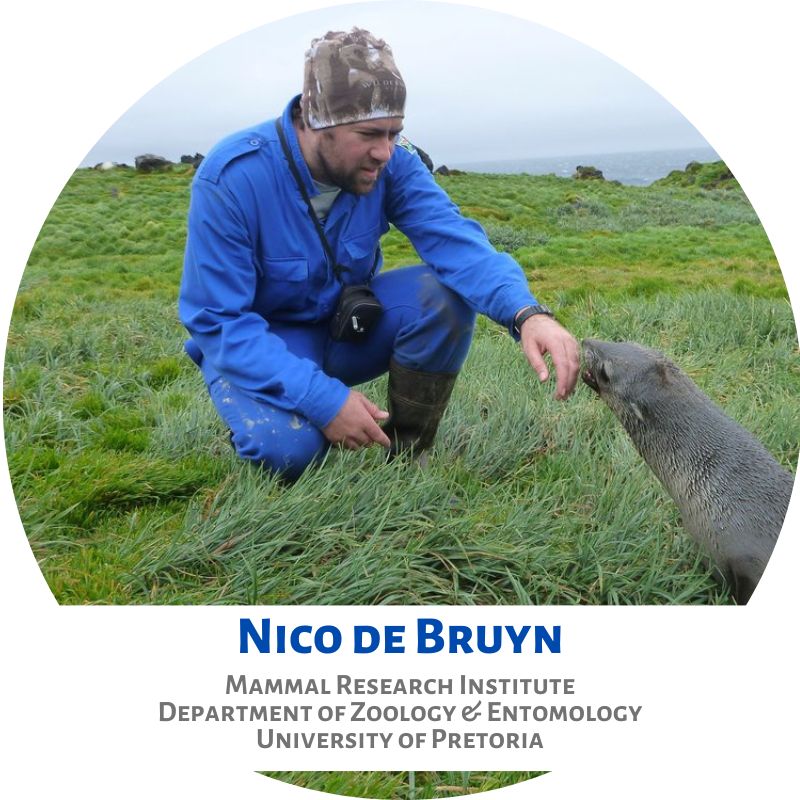
 Two of the Principal investigators of the project were able to attend the symposium. ( Nico de Bruyn(left) – University of Pretoria and Jaco Versfeld (Right) Stellenbosch University)
Two of the Principal investigators of the project were able to attend the symposium. ( Nico de Bruyn(left) – University of Pretoria and Jaco Versfeld (Right) Stellenbosch University)
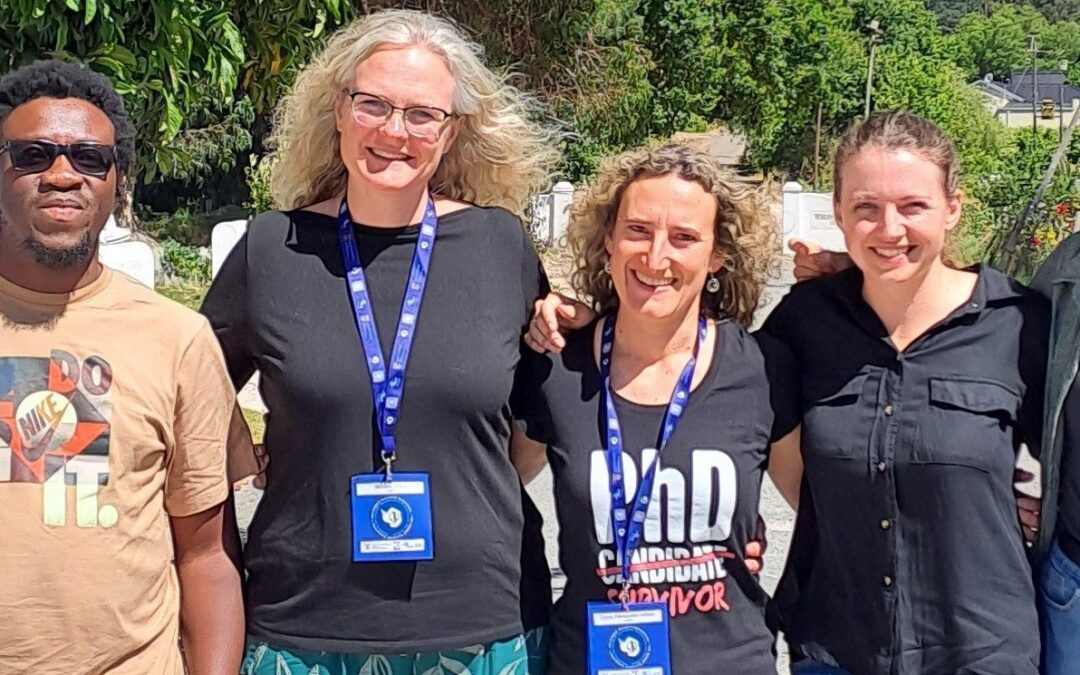
by Ria Olivier | Feb 23, 2024 | Biosecurity, Ecology, Environment, Invasion Biology, Marion Island, Research, SANAP, SANAP Student
 Michelle Greve chaired another session on Ecosystems “Major threats to terrestrial sub-Antarctic ecosystems – climate change and invasions” , including how climate and species interactions are driving leaf endophyte communities, how warming directly, and indirectly (through heightened microbial decomposition and nutrient release) affects plant performance) affect plant growth, and how vegetation communities on Marion Island have changed since the 1960s on a warmer, drier and more invaded Marion Island. The session ended with a summary of the knowledge garnered from the National Status Report on Invasions, which includes a chapter on the Prince Edward Islands, and summarised all we know about invasions to the offshore territory.
Michelle Greve chaired another session on Ecosystems “Major threats to terrestrial sub-Antarctic ecosystems – climate change and invasions” , including how climate and species interactions are driving leaf endophyte communities, how warming directly, and indirectly (through heightened microbial decomposition and nutrient release) affects plant performance) affect plant growth, and how vegetation communities on Marion Island have changed since the 1960s on a warmer, drier and more invaded Marion Island. The session ended with a summary of the knowledge garnered from the National Status Report on Invasions, which includes a chapter on the Prince Edward Islands, and summarised all we know about invasions to the offshore territory. 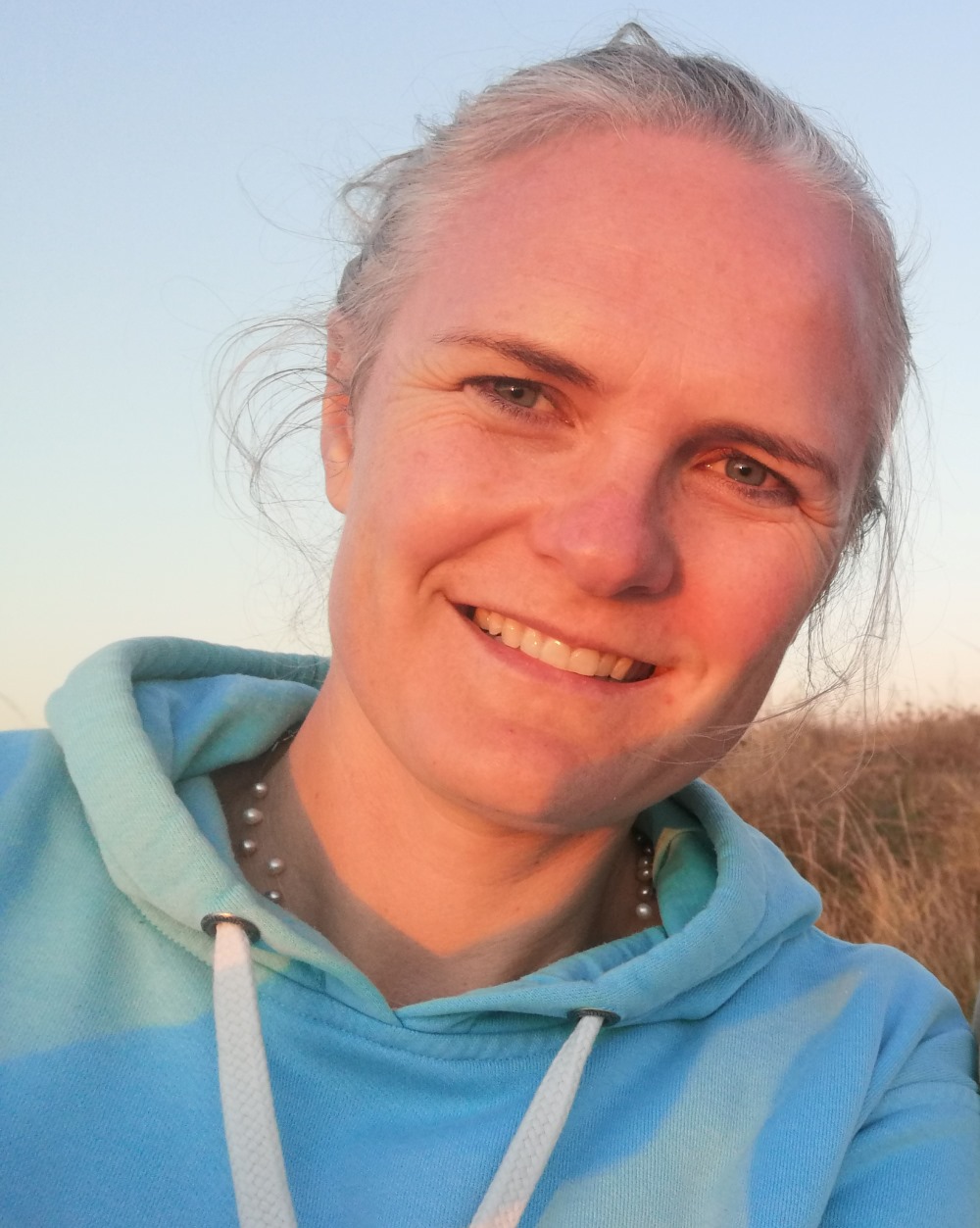 Michelle(right) gave an introduction and then was followed by oral presentations. (Above, l-r: Joshua Tsamba, Michelle Greve, Laura Fernadez-Winzer, Stephni van der Merwe, Nita Pallett) (Photo Credit: Michelle Greve)
Michelle(right) gave an introduction and then was followed by oral presentations. (Above, l-r: Joshua Tsamba, Michelle Greve, Laura Fernadez-Winzer, Stephni van der Merwe, Nita Pallett) (Photo Credit: Michelle Greve)
- Joshua Tsamba – Fungal endophytes on Marion Island. (Abstract)
- Nita Pallett – Sub-Antarctic plant nitrogen uptake in a changing world. (Abstract)
- Stephni van der Merwe – Long-term vegetation change (1965-2020) in response to rapid warming and drying in a sub-Antarctic tundra: evidence from repeat photography (interactive poster) (Abstract)
- Laura Fernandez Winzer – An assessment of the status of biological invasions and their management on the Prince Edward Islands. (Abstract)
 Another student Janine Schoombie of Peter le Roux of University of Pretoria presented in the ad hoc session chaired by Christel Hansen. They only arrived on 30 November after the Prince Edward Island scientific voyage. “Studies of wind, plants and seabirds on Marion Island”. (Abstract) A poster presentation by Elsa van Ginkel , student of Peter le Roux “Examining the potential for entomophilous pollination on sub-Antarctic Marion Island” was mentioned in the ad hoc session.(Abstract) (Above l-r: Peter le Roux, Janine Schoombie, Elsa van Ginkel)
Another student Janine Schoombie of Peter le Roux of University of Pretoria presented in the ad hoc session chaired by Christel Hansen. They only arrived on 30 November after the Prince Edward Island scientific voyage. “Studies of wind, plants and seabirds on Marion Island”. (Abstract) A poster presentation by Elsa van Ginkel , student of Peter le Roux “Examining the potential for entomophilous pollination on sub-Antarctic Marion Island” was mentioned in the ad hoc session.(Abstract) (Above l-r: Peter le Roux, Janine Schoombie, Elsa van Ginkel)

by Ria Olivier | Feb 22, 2024 | Biosecurity, Ecology, Invasion Biology, Marion Island, Research, SANAP, SANAP Student, Uncategorised
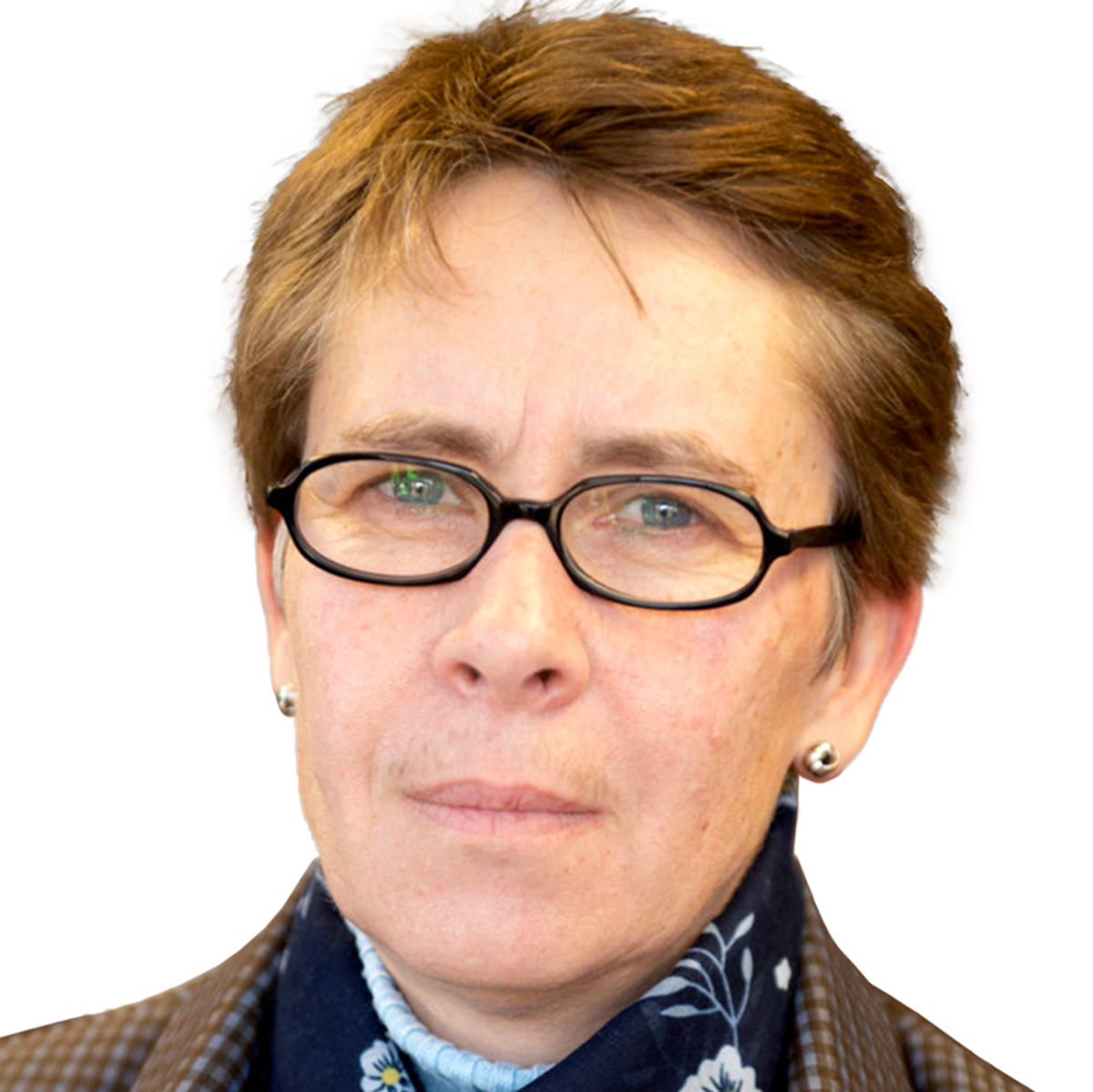
 Prof Bettine Jansen van Vuuren (left) chaired the session of Ecosystems, Biodiversity and Biodiscovery with the first plenary talk of the symposium by Peter Convey(right) of the British Antarctic Survey ” Terrestrial biological invasions and their potential impacts in the maritime Antarctic”. (Abstract) Peter Convey discussed that there are around 15 species of non-native plants and invertebrates currently known to be established in the maritime Antarctic . He further emphasize that effective biosecurity measures are required to ensure that further human-assisted transfer both on Signy Island and beyond is avoided. Prof Bettine Jansen van Vuuren chaired the session of Ecosystems, Biodiversity and Biodiscovery.
Prof Bettine Jansen van Vuuren (left) chaired the session of Ecosystems, Biodiversity and Biodiscovery with the first plenary talk of the symposium by Peter Convey(right) of the British Antarctic Survey ” Terrestrial biological invasions and their potential impacts in the maritime Antarctic”. (Abstract) Peter Convey discussed that there are around 15 species of non-native plants and invertebrates currently known to be established in the maritime Antarctic . He further emphasize that effective biosecurity measures are required to ensure that further human-assisted transfer both on Signy Island and beyond is avoided. Prof Bettine Jansen van Vuuren chaired the session of Ecosystems, Biodiversity and Biodiscovery.
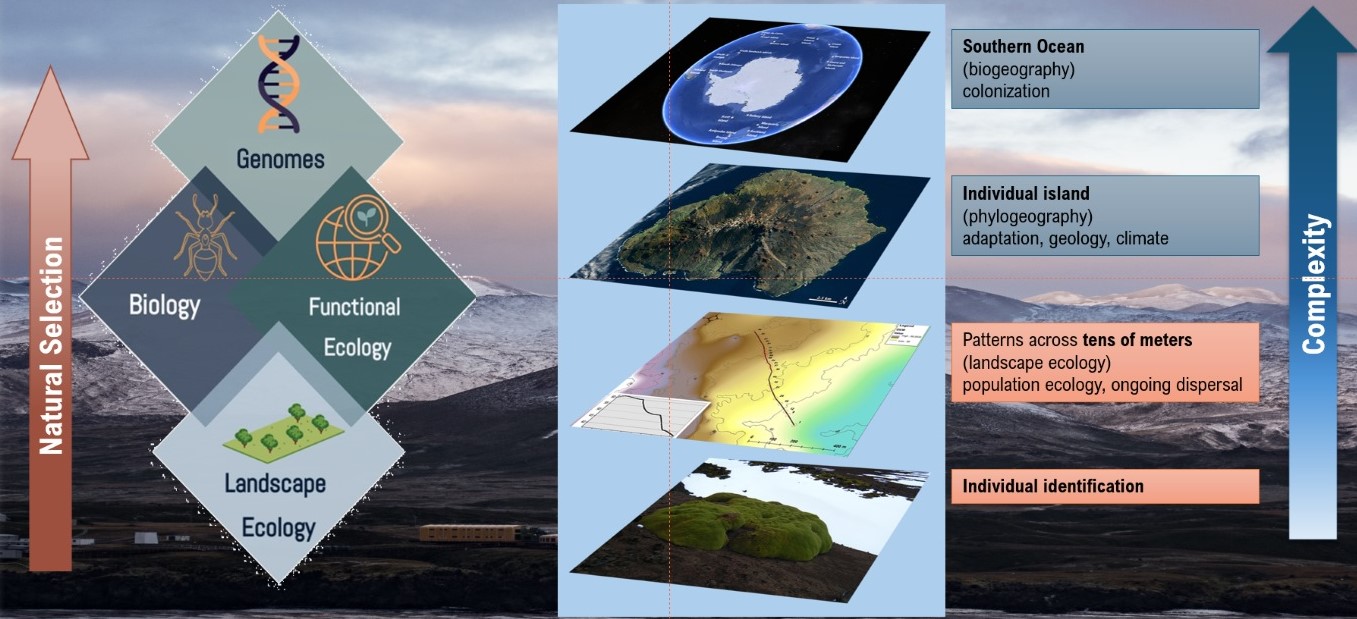 Bettine gave an overview of research that included research done by Daniela and Shilpha as they could not attend as they were on Marion Island. Foregrounding geodiversity in landscape ecology studies: insights from the sub-Antarctic – Daniela Monsanto (Abstract) Detecting signals of adaptive selection of an invasive springtail on sub-Antarctic Marion Island – Shilpha Parbhu (Abstract)
Bettine gave an overview of research that included research done by Daniela and Shilpha as they could not attend as they were on Marion Island. Foregrounding geodiversity in landscape ecology studies: insights from the sub-Antarctic – Daniela Monsanto (Abstract) Detecting signals of adaptive selection of an invasive springtail on sub-Antarctic Marion Island – Shilpha Parbhu (Abstract)
 Daniela Monsanto, Shilpa Parbhu, Sandra Durand, Arsalan Emami-Khoyi, Peter Teske, David Hedding
Daniela Monsanto, Shilpa Parbhu, Sandra Durand, Arsalan Emami-Khoyi, Peter Teske, David Hedding
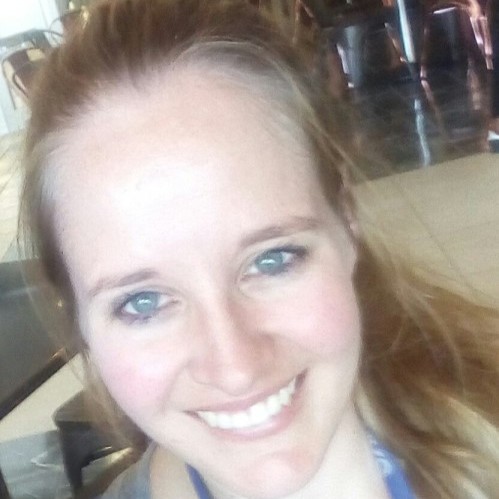 Morgan Raath-Kruger(left) and student of Peter le Roux at University of Pretoria gave an oral presentation and an introduction to her poster.
Morgan Raath-Kruger(left) and student of Peter le Roux at University of Pretoria gave an oral presentation and an introduction to her poster.
- Long-term spatially-replicated data show no physical cost to a benefactor species in a facilitative plant–plant interaction. (Abstract)
- Do anisotropic processes influence fine-scale spatial genetic structure of a keystone sub-Antarctic plant species? (Abstract)
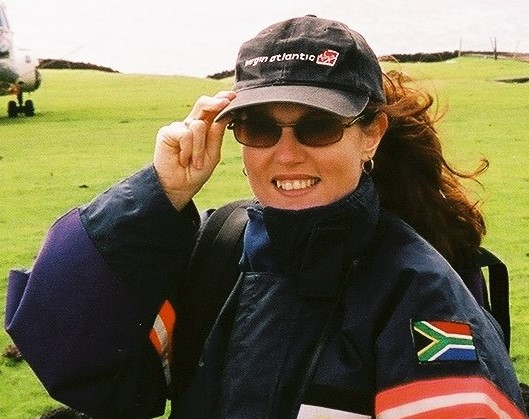 Another abstract submitted but Carol Jacobs(right) could not present is on the biosecurity within the South African National Antarctic Programme. (Abstract)https://alp.lib.sun.ac.za/handle/123456789/29301
Another abstract submitted but Carol Jacobs(right) could not present is on the biosecurity within the South African National Antarctic Programme. (Abstract)https://alp.lib.sun.ac.za/handle/123456789/29301

 The Department of Plant and Soil Sciences at the University of Pretoria is offering one suitably qualified candidate an opportunity to spend a year on Marion Island to measure various aspects of the impact of the house mouse on the diversity and function of the terrestrial ecosystems of Marion Island. This work will entail collecting baseline data, mostly on invertebrates and plants. (Photo Credit: Michelle Greve)
The Department of Plant and Soil Sciences at the University of Pretoria is offering one suitably qualified candidate an opportunity to spend a year on Marion Island to measure various aspects of the impact of the house mouse on the diversity and function of the terrestrial ecosystems of Marion Island. This work will entail collecting baseline data, mostly on invertebrates and plants. (Photo Credit: Michelle Greve)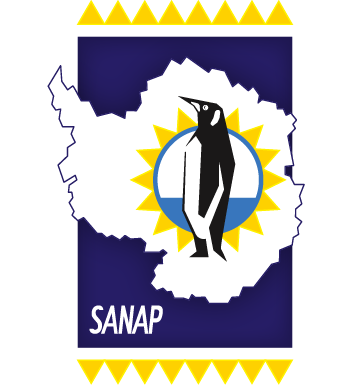

 (Above: Azorella selago – left: intact, right: eaten by mice)
(Above: Azorella selago – left: intact, right: eaten by mice)
 (Above: Elmar van Rooyen and Rabia Mathakutha. Left: before departure. Right: On board S.A.Agulhas II with Marion Island in the back)
(Above: Elmar van Rooyen and Rabia Mathakutha. Left: before departure. Right: On board S.A.Agulhas II with Marion Island in the back) Allow me to introduce myself briefly. I am a 29-year-old conservation ecologist with a profound passion for nature and exploration. I hold an M.Sc. degree in Conservation Ecology & Entomology and possess a diverse skill set that includes expertise in ecology, restoration ecology, horticulture, botany, entomology, education, and management. Throughout my career, my focus has predominantly been on Southern Afrotemperate forests, and I have accumulated significant experience in South African forest ecology. I am drawn to this expedition for several reasons. Foremost, the opportunity to explore the unique environment of Marion Island presents a once-in-a-lifetime chance for me to expand my knowledge and understanding of sub-Antarctic ecosystems. While I may not have prior experience with the island, I firmly believe that firsthand experience is the most effective way to comprehend its ecology and wildlife. Moreover, I am deeply committed to the conservation of natural habitats, and Marion Island’s status as a biodiversity hotspot underscores the urgency of our research efforts. The presence of invasive house mice poses a significant threat to the island’s flora and fauna, necessitating thorough investigation and potential eradication strategies. Additionally, I am eager to contribute to studies on the impact of alien plant species and assist in devising methods for their control. I have always had a profound appreciation for fieldwork, and I relish the opportunity to immerse myself in hands-on research once again. Marion Island’s rugged terrain and unique challenges excite me, and I am prepared to tackle them head-on in the pursuit of conservation objectives.
Allow me to introduce myself briefly. I am a 29-year-old conservation ecologist with a profound passion for nature and exploration. I hold an M.Sc. degree in Conservation Ecology & Entomology and possess a diverse skill set that includes expertise in ecology, restoration ecology, horticulture, botany, entomology, education, and management. Throughout my career, my focus has predominantly been on Southern Afrotemperate forests, and I have accumulated significant experience in South African forest ecology. I am drawn to this expedition for several reasons. Foremost, the opportunity to explore the unique environment of Marion Island presents a once-in-a-lifetime chance for me to expand my knowledge and understanding of sub-Antarctic ecosystems. While I may not have prior experience with the island, I firmly believe that firsthand experience is the most effective way to comprehend its ecology and wildlife. Moreover, I am deeply committed to the conservation of natural habitats, and Marion Island’s status as a biodiversity hotspot underscores the urgency of our research efforts. The presence of invasive house mice poses a significant threat to the island’s flora and fauna, necessitating thorough investigation and potential eradication strategies. Additionally, I am eager to contribute to studies on the impact of alien plant species and assist in devising methods for their control. I have always had a profound appreciation for fieldwork, and I relish the opportunity to immerse myself in hands-on research once again. Marion Island’s rugged terrain and unique challenges excite me, and I am prepared to tackle them head-on in the pursuit of conservation objectives. Rabia is excited to participate in the 2024 Marion Island Relief Expedition. Rabia is an ecologist by training and will be working as part of the University of Pretoria research team towards a comprehensive understanding of impacts of the invasive house mouse on the terrestrial biodiversity of Marion Island. Rabia first visited the island as part of her Masters research project during the 2015 and 2016 relief expeditions. Rabia’s MSc in Plant Science was focused on understanding plant invasion potential and environmental change responses in the sub-Antarctic region, using Marion Island as a case study. This is when her passion for understanding and participating in the conservation of South Africa’s polar environment was ignited. In her current capacity, Rabia is a research coordinator for the Data, Products and Society (DPS) Integrated Facility of the South African Polar Research Infrastructure (SAPRI). She continues to support the polar research environment by ensuring coordinated access to research infrastructure and societal benefits through science engagement and science communication. Rabia views this chance to revisit the island as a once-in-a-lifetime opportunity, one that will not only build upon previous efforts in understanding plant dynamics but also advance our understanding of ecological processes in response to a threatening invader. There’s no better place to study this than Marion Island, our own natural laboratory, and where it’s most urgently needed. As part of the larger Mouse-Free Marion project, Rabia considers this as a significant contribution to global conservation efforts, and in her words, “saving the world!”.
Rabia is excited to participate in the 2024 Marion Island Relief Expedition. Rabia is an ecologist by training and will be working as part of the University of Pretoria research team towards a comprehensive understanding of impacts of the invasive house mouse on the terrestrial biodiversity of Marion Island. Rabia first visited the island as part of her Masters research project during the 2015 and 2016 relief expeditions. Rabia’s MSc in Plant Science was focused on understanding plant invasion potential and environmental change responses in the sub-Antarctic region, using Marion Island as a case study. This is when her passion for understanding and participating in the conservation of South Africa’s polar environment was ignited. In her current capacity, Rabia is a research coordinator for the Data, Products and Society (DPS) Integrated Facility of the South African Polar Research Infrastructure (SAPRI). She continues to support the polar research environment by ensuring coordinated access to research infrastructure and societal benefits through science engagement and science communication. Rabia views this chance to revisit the island as a once-in-a-lifetime opportunity, one that will not only build upon previous efforts in understanding plant dynamics but also advance our understanding of ecological processes in response to a threatening invader. There’s no better place to study this than Marion Island, our own natural laboratory, and where it’s most urgently needed. As part of the larger Mouse-Free Marion project, Rabia considers this as a significant contribution to global conservation efforts, and in her words, “saving the world!”.


 The last session within the
The last session within the  Above (l-r): Vonica Perold, Tegan Walker, Shamiso Banda, Danielle Keys, Eleanor Weideman
Above (l-r): Vonica Perold, Tegan Walker, Shamiso Banda, Danielle Keys, Eleanor Weideman To make your sponsorship to Mouse-Free Marion go to
To make your sponsorship to Mouse-Free Marion go to 

 Dr Mia Wege chaired the session on Marine Mammals during the 6th SANAP Symposium that resorts within the Marine and Antarctic Research Strategy – ecosystems, biodiversity and biodiscovery. The session includes talks on various marine and the presentations were arranged according roughly to species and area. This Included elephant seals, fur seal, Ross seal, whales in ice, whales along the Southern African coast The session was presented in panel, discussion format, that allowed for questions form the audience. (Photo Credit: ALSA Archive)
Dr Mia Wege chaired the session on Marine Mammals during the 6th SANAP Symposium that resorts within the Marine and Antarctic Research Strategy – ecosystems, biodiversity and biodiscovery. The session includes talks on various marine and the presentations were arranged according roughly to species and area. This Included elephant seals, fur seal, Ross seal, whales in ice, whales along the Southern African coast The session was presented in panel, discussion format, that allowed for questions form the audience. (Photo Credit: ALSA Archive)











 Two of the Principal investigators of the project were able to attend the symposium. ( Nico de Bruyn(left) – University of Pretoria and Jaco Versfeld (Right) Stellenbosch University)
Two of the Principal investigators of the project were able to attend the symposium. ( Nico de Bruyn(left) – University of Pretoria and Jaco Versfeld (Right) Stellenbosch University)
 Michelle Greve chaired another session on Ecosystems “Major threats to terrestrial sub-Antarctic ecosystems – climate change and invasions” , including how climate and species interactions are driving leaf endophyte communities, how warming directly, and indirectly (through heightened microbial decomposition and nutrient release) affects plant performance) affect plant growth, and how vegetation communities on Marion Island have changed since the 1960s on a warmer, drier and more invaded Marion Island. The session ended with a summary of the knowledge garnered from the National Status Report on Invasions, which includes a chapter on the Prince Edward Islands, and summarised all we know about invasions to the offshore territory.
Michelle Greve chaired another session on Ecosystems “Major threats to terrestrial sub-Antarctic ecosystems – climate change and invasions” , including how climate and species interactions are driving leaf endophyte communities, how warming directly, and indirectly (through heightened microbial decomposition and nutrient release) affects plant performance) affect plant growth, and how vegetation communities on Marion Island have changed since the 1960s on a warmer, drier and more invaded Marion Island. The session ended with a summary of the knowledge garnered from the National Status Report on Invasions, which includes a chapter on the Prince Edward Islands, and summarised all we know about invasions to the offshore territory.  Michelle(right) gave an introduction and then was followed by oral presentations. (Above, l-r: Joshua Tsamba, Michelle Greve, Laura Fernadez-Winzer, Stephni van der Merwe, Nita Pallett) (Photo Credit: Michelle Greve)
Michelle(right) gave an introduction and then was followed by oral presentations. (Above, l-r: Joshua Tsamba, Michelle Greve, Laura Fernadez-Winzer, Stephni van der Merwe, Nita Pallett) (Photo Credit: Michelle Greve) Another student Janine Schoombie of Peter le Roux of University of Pretoria presented in the ad hoc session chaired by Christel Hansen. They only arrived on 30 November after the Prince Edward Island scientific voyage. “Studies of wind, plants and seabirds on Marion Island”. (
Another student Janine Schoombie of Peter le Roux of University of Pretoria presented in the ad hoc session chaired by Christel Hansen. They only arrived on 30 November after the Prince Edward Island scientific voyage. “Studies of wind, plants and seabirds on Marion Island”. (

 Prof Bettine Jansen van Vuuren (left) chaired the session of Ecosystems, Biodiversity and Biodiscovery with the first plenary talk of the symposium by Peter Convey(right) of the British Antarctic Survey ” Terrestrial biological invasions and their potential impacts in the maritime Antarctic”. (
Prof Bettine Jansen van Vuuren (left) chaired the session of Ecosystems, Biodiversity and Biodiscovery with the first plenary talk of the symposium by Peter Convey(right) of the British Antarctic Survey ” Terrestrial biological invasions and their potential impacts in the maritime Antarctic”. ( Bettine gave an overview of research that included research done by Daniela and Shilpha as they could not attend as they were on Marion Island. Foregrounding geodiversity in landscape ecology studies: insights from the sub-Antarctic – Daniela Monsanto (
Bettine gave an overview of research that included research done by Daniela and Shilpha as they could not attend as they were on Marion Island. Foregrounding geodiversity in landscape ecology studies: insights from the sub-Antarctic – Daniela Monsanto ( Daniela Monsanto, Shilpa Parbhu, Sandra Durand, Arsalan Emami-Khoyi, Peter Teske, David Hedding
Daniela Monsanto, Shilpa Parbhu, Sandra Durand, Arsalan Emami-Khoyi, Peter Teske, David Hedding Morgan Raath-Kruger(left) and student of Peter le Roux at University of Pretoria gave an oral presentation and an introduction to her poster.
Morgan Raath-Kruger(left) and student of Peter le Roux at University of Pretoria gave an oral presentation and an introduction to her poster. Another abstract submitted but Carol Jacobs(right) could not present is on the biosecurity within the South African National Antarctic Programme. (Abstract)
Another abstract submitted but Carol Jacobs(right) could not present is on the biosecurity within the South African National Antarctic Programme. (Abstract)
